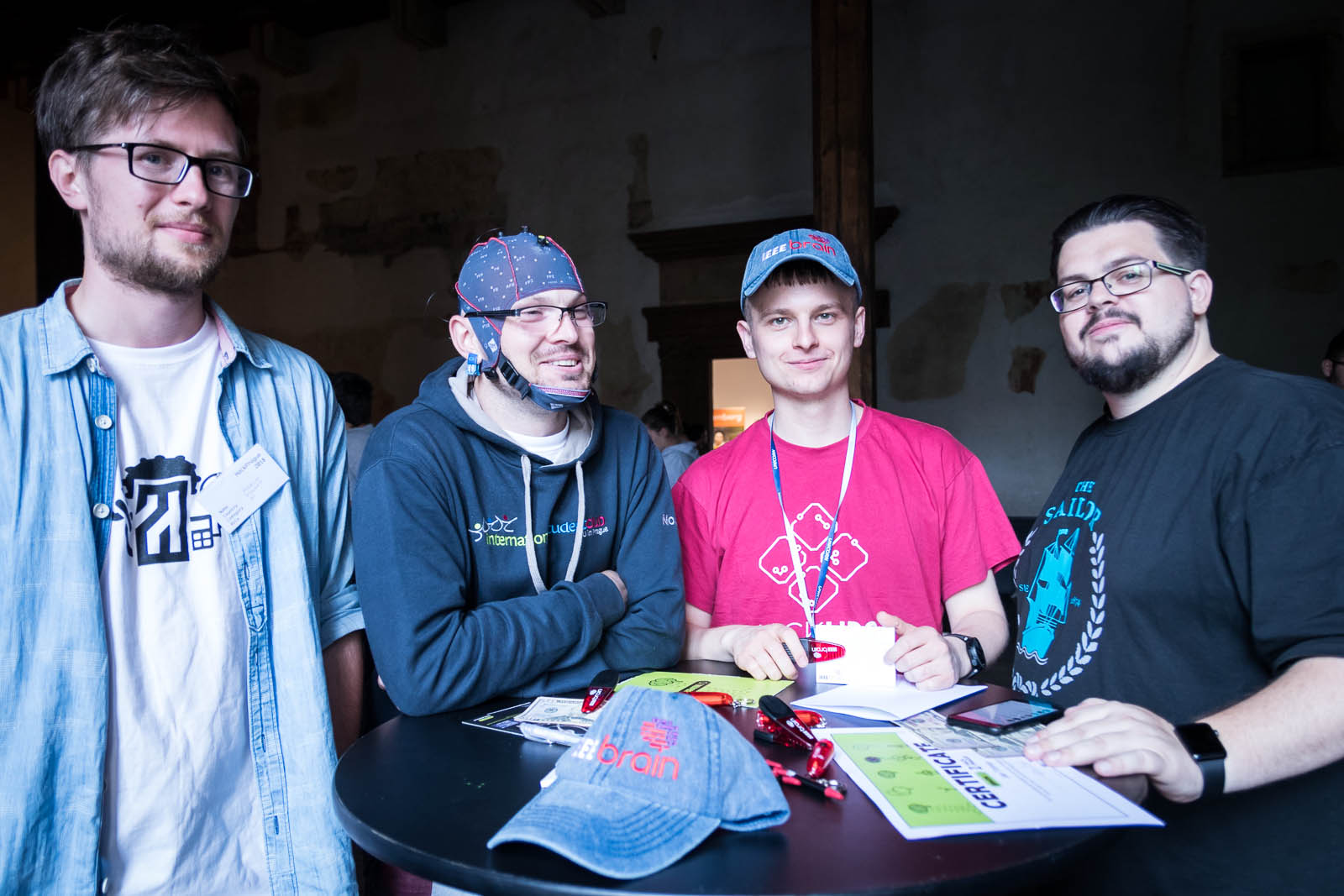
HACK PRAGUE 2018. TOUCH THE FUTURE
HackPrague will be gathering 150 passionate developers and designers from all over Europe this year. They will choose a technology of the future - be it Blockchain, IoT or AI - and create a cool software or hardware project of their choice in 36 hours. HackPrague will be bringing international speakers and mentors from top tech companies together. Make sure to stop by for the final presentations, public talks from the speakers, as well as the final ceremony!
Read more: Hack Prague 2018
Participants can choose to work with Brain-Computer Interface (BCI) technology and be part of the BCI challenge. Professional teams can also participate to develop and prototype their BCI applications. Specific hardware and software for the BCI projects will be provided.
More details are coming up soon...
Who can participate?
Anyone can participate who has interests in BMI, BCI, robotics, AR, VR, machine learning, computing, sensors, human-machine interface systems, control, signal processing, big data, haptics, rehabilitation, and similar areas. One does not have to be a BMI expert to participate on a team! Interdisciplinary teams with a combination of BMI and non-BMI skills are often successful in building solutions and producing working prototypes.
What's in there for me?
Be creative, think outside the box. The Hackathon is fun and gets you to network and collaborate with other Geeks. Of course, there will be main prizes for the best hackathon projects. However, the best BCI project, as part of the BCI challenge, will be awarded with the IEEE BRAIN prize:
- IEEE BRAIN Prize: 600 $ travel budget + 1 free registration and acceptance to present hackathon results during the poster session at the IEEE Brain Initiative Workshop on Advanced NeuroTechnologies on November 1-2, 2018 in San Diego, USA
BCI PRINCIPLES
Brain-computer interfaces are realized by 4 different principles:
slow waves
steady-state visual evoked potentials (SSVEP)
motor imagery (MI)
evoked potentials (EP)
In the BR41N.IO Hackathon Series, motor imagery and EP based systems
are mostly used to control the applications:
In the case of the motor imagery application, participants have to imagine e.g. left or right hand movement to produce an event-related desynchronization over the sensorimotor cortex. This is basically an amplitude change of the alpha and beta regions of the EEG.
In the case of EPs, the BCI system is showing different flashing icons and the user has to attend to the icon he wants to select. When the icon flashes on the computer screen, than a P300 wave is produced in the brain and the BCI system is able to detect it.
HACKING PROJECTS
Your Hacking Project
You are invited to create your own programming project for this hackathon. You'll have all the BCI headsets or you bring your own BCI to design and program your own fully functional headset.
soft-/hardware specifications: tbd
participants: 1 group, 3-4 people per group
skills: Basic programming skills
intendiX/extendiX Smart Home
The unicorn is supported by the P300 based spelling application intendiX. It is possible to control home devices such as lamps, radios or television. Watch the intendiX/extendiX Smart Home video.
soft-/hardware specifications: unicorn, everyday objects (bring your own objects)
participants: 1 group, 3-4 people per group
skills: Basic programming skills (Matlab, Simulink)
Orthosis Control
It is possible to control a 3D printed orthosis using a unicorn amplifier with motor imagery. It is possible to move an orthosis by thinking about left or right hand motion. Watch the Orthosis Control video.
soft-/hardware specifications: g.USBamp, orthesis
participants: 1 group, 3-4 people per group
Skills: Basic programming skills (Matlab, Simulink)
FES Control
It is possible to control a FES using a unicorn amplifier with motor imagery. It is possible to move a FES by thinking about left or right hand motion.
soft-/hardware specifications: unicorn, FES
participants: 1 group, 3-4 people per group
skills: Basic programming skills (Matlab, Simulink)
Sphero SPRK Control
The unicorn is supported by the P300 based spelling application intendiX. It is possible to controll a robotic ball called Sphero with intendiX. Watch the Sphero Control video.
soft-/hardware specifications: unicorn, Sphero
participants: 1 group, 3-4 people per group
skills: Basic programming skills (C#)
Flight Control
The unicorn is supported by the P300 based spelling application intendiX. It is possible to move a drone with intendiX.
soft-/hardware specifications: unicorn, drone
participants: 1 group, 3-4 people per group
skills: Basic programming skills (Java)
e-puck Control
It is possible to control an e-puck with the P300 based spelling application intendiX. Watch the e-puck control video.
soft-/hardware specifications: g.Nautilus, e-puck
participants: 1 group, 3-5 people per group
skills: Basic programming skills (C#)
Unity Games
It is possible to control a unity based games.
soft-/hardware specifications: g.Nautilus
participants: 1 group, 3-4 people per group
Skills: Basic programming skills (Matlab, Simulink), Basic graphics programming with Unity
Dream Painting
To use the dream painting app, the user is wearing an unicorn headset while sleeping. When he wakes up, he will get an image created according to his EEG signals.
soft-/hardware specifications: g.USBamp
participants: 1 group, 3-4 people per group
skills: Basic programming skills (Matlab, Simulink)
Camera
It is possible to record videos, while recording EEG with an unicorn amplifier.
soft-/hardware specifications: unicorn, cameras
participants: 1 group, 3-4 people per group
skills: Basic programming skills (Matlab, Simulink)
Connect intendiX w/ Social Media
The unicorn amplifier is supported by the P300 based spelling application intendiX. When connected to Twitter or Facebook, status updated can be written. Watch the intendiX Social Media video.
soft-/hardware specifications: unicorn
participants: 1 group, 3-4 people per group
skills: Basic programming skills (Matlab, Simulink)
ARTISTIC PROJECTS
intendiX Painting
Create images according to your EEG signals.
soft-/hardware specifications: unicorn
participants: 1 group, 3-4 people per group
Use intendiX for Social Media
Use the P300 based spelling application intendiX to update your status on Twitter or Facebook. Watch the intendiX Social Media video.
soft-/hardware specifications: unicorn
participants: 1 group, 3-4 people per group
Design Headsets Using 3D Printing
Expand your EEG Headset with your own 3d printed parts. Let them move, light, hold things or simply look nice. Watch the 3D Headset Design video.
soft-/hardware specifications: 3D printer, 3D freeware
participants: 1 group, 3-4 people per group
Skills: Basic CAD
Design Headsets Using Sewing Machines
Expand your EEG Headset with a hat designed to keep all electrodes in their intended position.
soft-/hardware specifications: sewing machines and material
participants: 4 people
IEEE BRAIN WINNER
Team "xx"
xxx
Team members: Jirka Borovec, Marcin Matlacz
THAT WAS BR41N.IO AT HACK PRAGUE 2018.
THANK YOU!
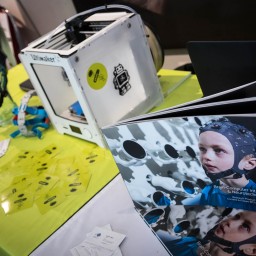 BR41N.IO-Prague-1600px-1
BR41N.IO-Prague-1600px-1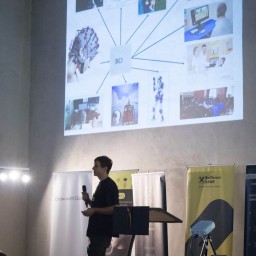 BR41N.IO-Prague-1600px-2
BR41N.IO-Prague-1600px-2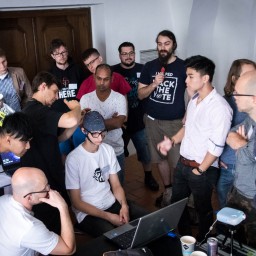 BR41N.IO-Prague-1600px-3
BR41N.IO-Prague-1600px-3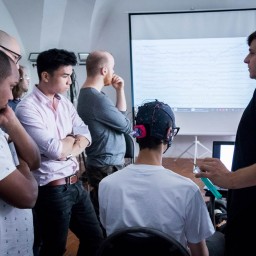 BR41N.IO-Prague-1600px-4
BR41N.IO-Prague-1600px-4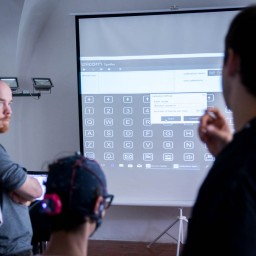 BR41N.IO-Prague-1600px-5
BR41N.IO-Prague-1600px-5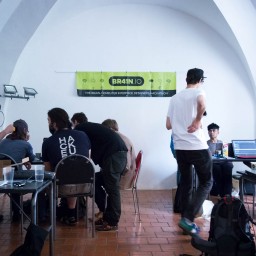 BR41N.IO-Prague-1600px-6
BR41N.IO-Prague-1600px-6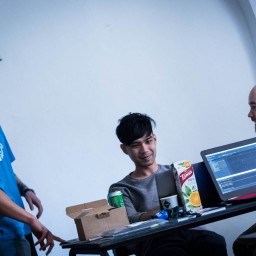 BR41N.IO-Prague-1600px-7
BR41N.IO-Prague-1600px-7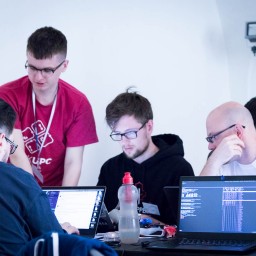 BR41N.IO-Prague-1600px-8
BR41N.IO-Prague-1600px-8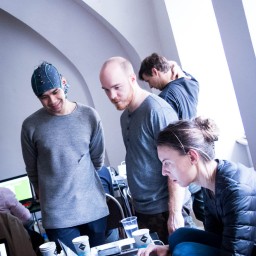 BR41N.IO-Prague-1600px-9
BR41N.IO-Prague-1600px-9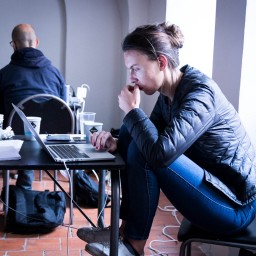 BR41N.IO-Prague-1600px-10
BR41N.IO-Prague-1600px-10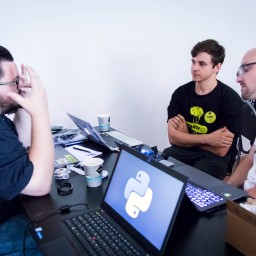 BR41N.IO-Prague-1600px-11
BR41N.IO-Prague-1600px-11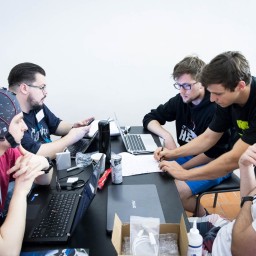 BR41N.IO-Prague-1600px-12
BR41N.IO-Prague-1600px-12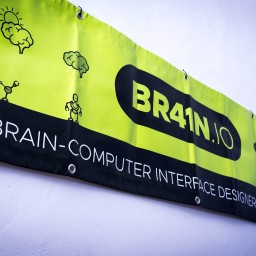 BR41N.IO-Prague-1600px-13
BR41N.IO-Prague-1600px-13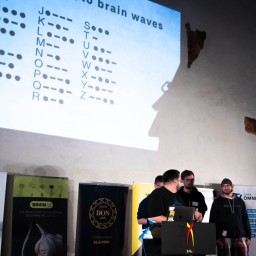 BR41N.IO-Prague-1600px-14
BR41N.IO-Prague-1600px-14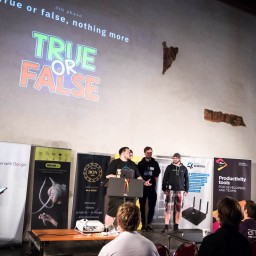 BR41N.IO-Prague-1600px-15
BR41N.IO-Prague-1600px-15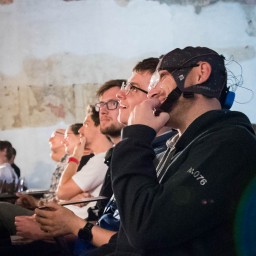 BR41N.IO-Prague-1600px-16
BR41N.IO-Prague-1600px-16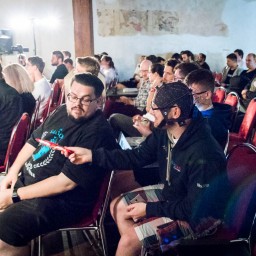 BR41N.IO-Prague-1600px-17
BR41N.IO-Prague-1600px-17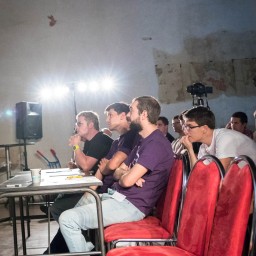 BR41N.IO-Prague-1600px-18
BR41N.IO-Prague-1600px-18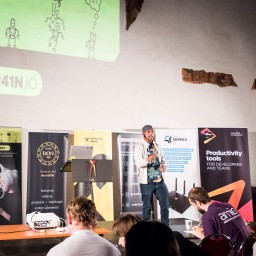 BR41N.IO-Prague-1600px-19
BR41N.IO-Prague-1600px-19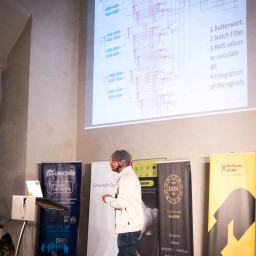 BR41N.IO-Prague-1600px-20
BR41N.IO-Prague-1600px-20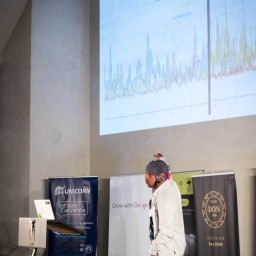 BR41N.IO-Prague-1600px-21
BR41N.IO-Prague-1600px-21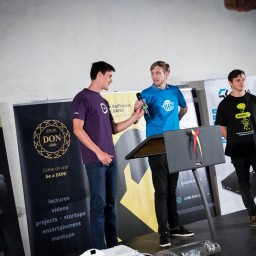 BR41N.IO-Prague-1600px-22
BR41N.IO-Prague-1600px-22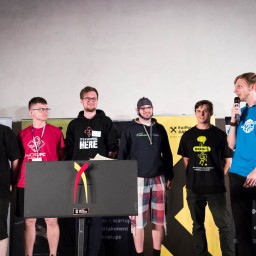 BR41N.IO-Prague-1600px-23
BR41N.IO-Prague-1600px-23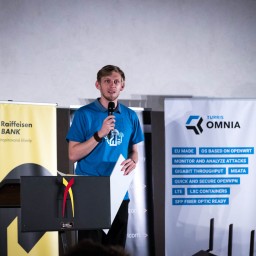 BR41N.IO-Prague-1600px-24
BR41N.IO-Prague-1600px-24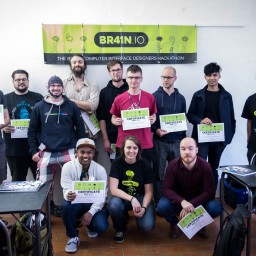 BR41N.IO-Prague-1600px-25
BR41N.IO-Prague-1600px-25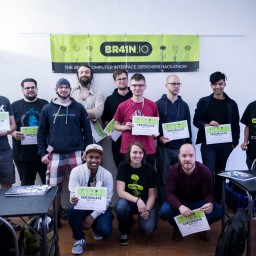 BR41N.IO-Prague-1600px-26
BR41N.IO-Prague-1600px-26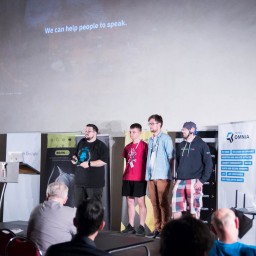 BR41N.IO-Prague-1600px-27
BR41N.IO-Prague-1600px-27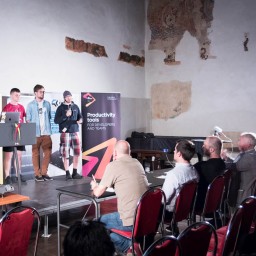 BR41N.IO-Prague-1600px-28
BR41N.IO-Prague-1600px-28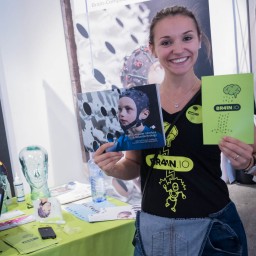 BR41N.IO-Prague-1600px-29
BR41N.IO-Prague-1600px-29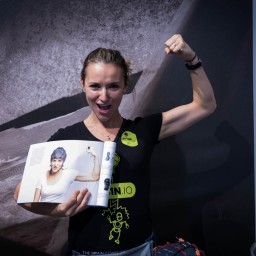 BR41N.IO-Prague-1600px-30
BR41N.IO-Prague-1600px-30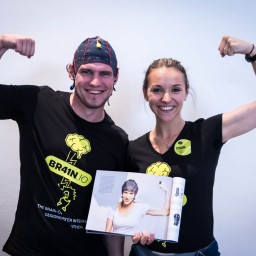 BR41N.IO-Prague-1600px-31
BR41N.IO-Prague-1600px-31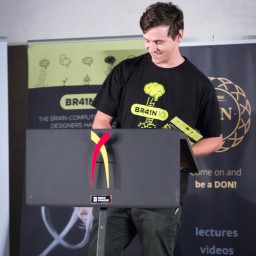 BR41N.IO-Prague-1600px-32
BR41N.IO-Prague-1600px-32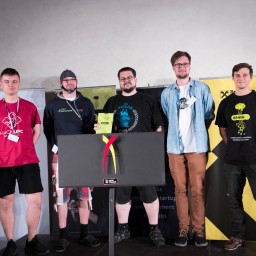 BR41N.IO-Prague-1600px-33
BR41N.IO-Prague-1600px-33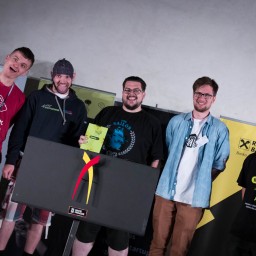 BR41N.IO-Prague-1600px-34
BR41N.IO-Prague-1600px-34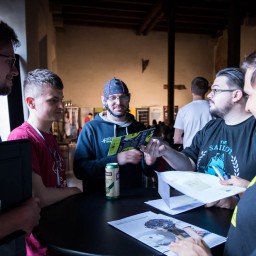 BR41N.IO-Prague-1600px-35
BR41N.IO-Prague-1600px-35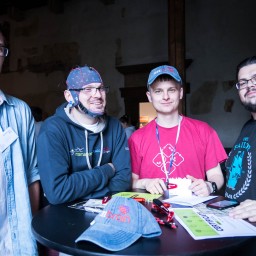 BR41N.IO-Prague-1600px-38
BR41N.IO-Prague-1600px-38



